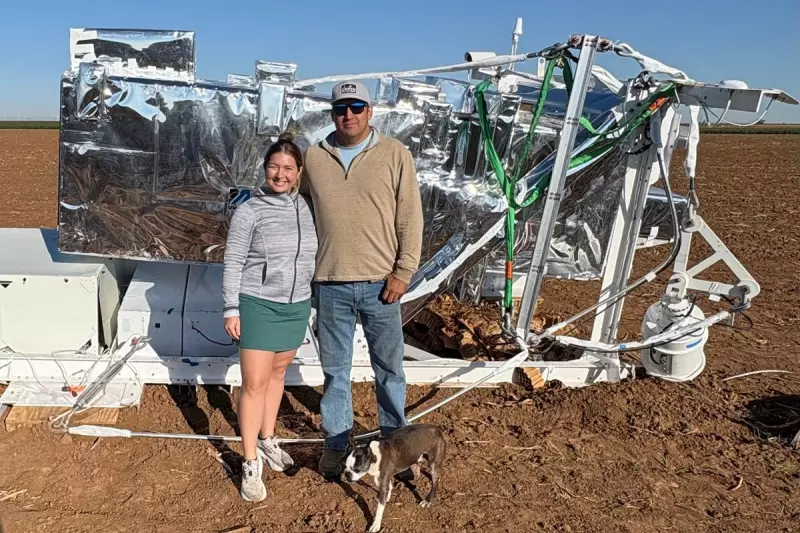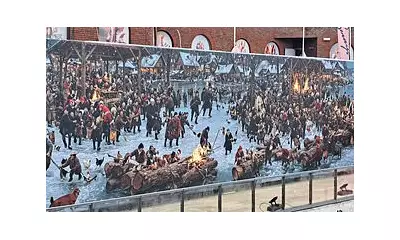
In a scene reminiscent of science fiction, a massive NASA scientific balloon carrying cutting-edge space technology met a dramatic end in the harsh Texas desert landscape. The high-altitude experiment, intended to test new astronomical equipment, instead scattered its payload across remote ranchland near the infamous town of Roswell.
Local ranchers were among the first to discover the wreckage, reporting strange metallic objects and scientific equipment strewn across their property. The debris field stretched approximately quarter-mile, painting a startling picture of the balloon's violent descent.
Scientific Mission Gone Awry
The ill-fated mission was designed to carry a telescope and gamma-ray technology to the edge of space, where the thin atmosphere allows for clearer astronomical observations. NASA had launched the balloon from their base in New Mexico, expecting to conduct valuable research in the upper atmosphere.
The equipment aboard represented significant scientific investment, including advanced instrumentation meant to study cosmic phenomena from high altitudes. Instead, researchers now face the task of assessing what can be salvaged from the desert crash site.
Roswell's Unwanted Echoes
The location of the crash has sparked inevitable comparisons to the famous 1947 Roswell incident, where many believe an extraterrestrial spacecraft crashed in the same region. While this event has a clear scientific explanation, the visual similarities haven't been lost on locals or space enthusiasts.
NASA officials have been quick to reassure the public that the materials pose no danger, describing them as "benign" scientific equipment rather than anything mysterious or hazardous. Recovery teams have been dispatched to collect the scattered components and assess the damage to their expensive technology.
The incident serves as a reminder that space exploration, even in its more accessible forms like high-altitude ballooning, carries inherent risks and uncertainties that can lead to unexpected outcomes on the ground below.





